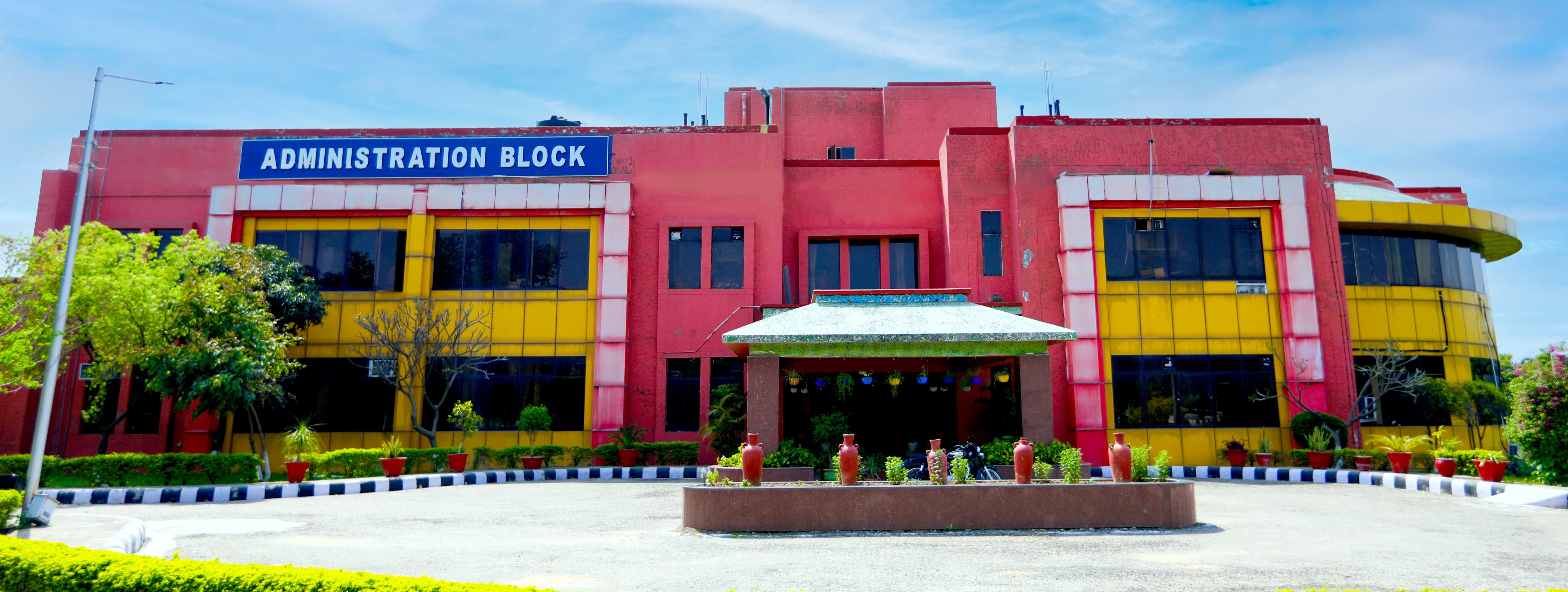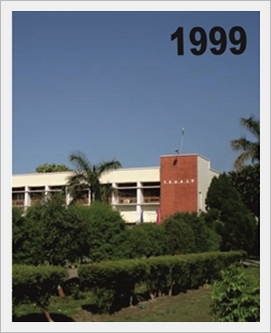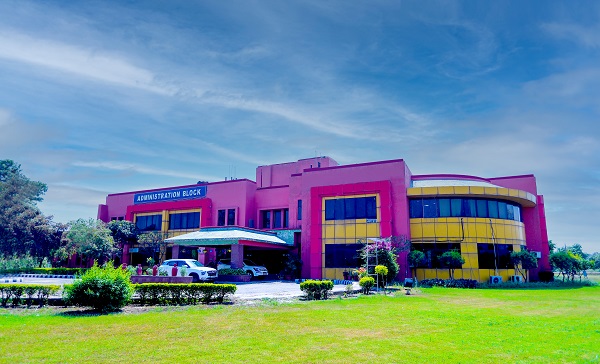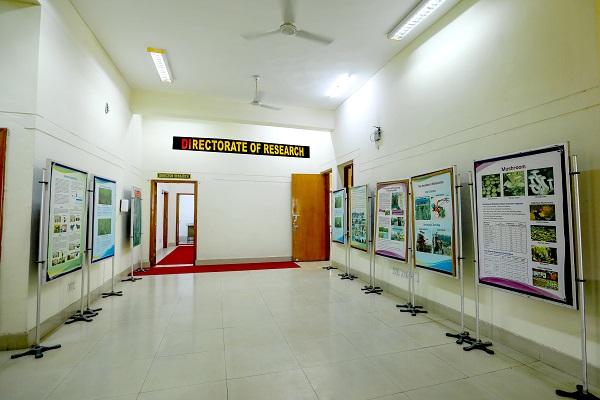
Sher-e-Kashmir University of Agricultural Sciences and Technology of Jammu (SKUAST-Jammu) came into existence on 20th September, 1999 following the amendment in Sher-e-Kashmir University of Agricultural Sciences and Technology Act, 1982, through the State Legislature. The establishment of SKUAST of Jammu has in its background aspirations, commitment and missionary zeal to cater the needs of Jammu Division for the region specific advances through education, research and extension in the field of agriculture. The university is mandated to address the basic, strategic and applied research related to enhanced production in agriculture and allied sectors (livestock health improvement and quality based products). SKUAST-Jammu is striving to achieve high standards of excellence in education, research and extension for the betterment of farming community of the region.The university comprises distinct faculties, including the Faculty of Agriculture, Faculty of Veterinary Sciences & Animal Husbandry, Faculty of Horticulture and Forestry,Faculty of Dairy Technology, Faculty of Agricultural Engineering and the School of Biotechnology. SKUAST-J is a multi-campus university with it's headquarter located at Chatha, Jammu. Chatha campus possess 578.00 acres area and R. S. Pura campus has 84.13 acres land holding. The total land holding, including Research Stations/Sub-Stations and KVKs, of the University is 1223 acres . There are Eight Research Stations/Sub-Stations and nine KVKs in the University which are located in different agro-climatic zones of Jammu region for catering the location-specific needs of the farming community. University pursues researchof high standard through projects funded by various central and state agencies.
HISTORY
Sher-e-Kashmir University of Agricultural Sciences & Technology of Jammu came into existence on 20th September 1999 following the amendment in Sher-e-Kashmir University of Agricultural Sciences and Technology Act 1982 through the State legislature. The establishment of SKUAST of Jammu has in its background aspirations, commitment and missionary zeal to fulfill the area specific needs of people of Jammu for research and development in the fields of agriculture and allied sectors under the diversified agro-climatic conditions. SKUAST of Jammu inherited meager assets and very little staff that was deployed at various Research stations and sub stations of erstwhile SKUAST(J&K) to carry on the mission of agriculture research and development. To meet the demand of trained manpower of development departments and face the challenges in agriculture under the clout of liberalization, privatization and globalization, the pursuance of academic excellence and production of need based trained graduates has been given due priority. In order to accomplish of this task, the top positions of University were filled and various University statutory bodies such as University Council, Board of Management, Research Council, Extension Council and Academic Council were notified. Wide variety of talent and intellect have been positioned in the faculties and assigned the task of building institute of academic excellence and responsiveness to the need of farming community. The admission to the undergraduate and postgraduate courses in the Faculties of Agriculture, Veterinery Science & Animal Husbandry, School of Bioechnology and AgriBusiness Management programmes through competitive exams is a regular feature. The university has been actively involved in the transfer of evolved technologies to the end users through the strong extension system. The scientist farmer interactions are frequent and liberal. Training programmes for the up-gradation and refreshing the technical knowledge of line departments' functionaries are organized. The technologies developed, tested and refined are disseminated for adoption by farmers through adoptive trials and front line demonstrations through Krishi Vigyan Kendras. The technical information and production recommendations are disseminated through the publications and print material in form of pamphlets, leaflet and posters.








